In recent years, the fashion industry has witnessed a significant shift towards sustainability and ethical practices. This movement has led to an increased demand for alternative materials that can replace traditional leather without compromising quality or style. Synthetic leather, also known as faux leather or vegan leather, has emerged as a sustainable and cruelty-free alternative. This article aims to delve deeper into the advantages of synthetic leather shoes and discuss why they are gaining popularity among consumers and fashion designers. 1. Sustainability: One of the key benefits of synthetic leather shoes is their minimal impact on the environment. Traditional leather production involves the use of vast quantities of water, energy, and chemicals, while also contributing to deforestation and greenhouse gas emissions.
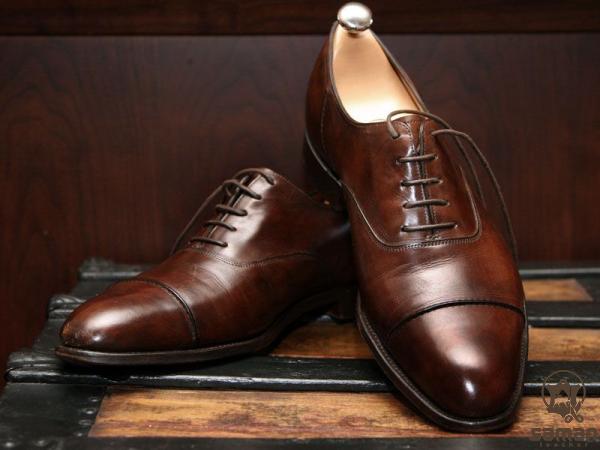
.
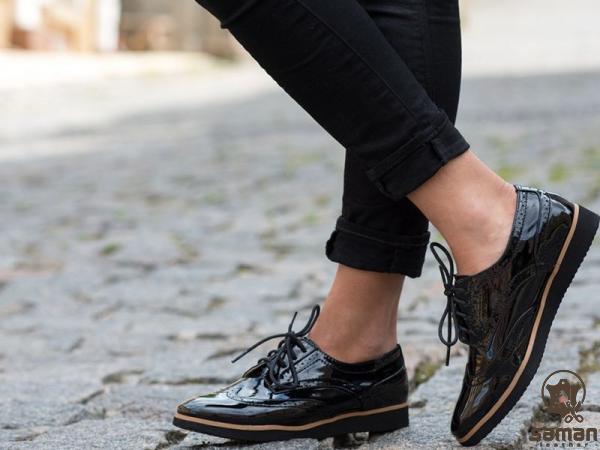 Synthetic leather, on the other hand, is primarily made from polyurethane (PU) or polyvinyl chloride (PVC), both of which are derived from petroleum. These materials require significantly fewer resources and have a lower carbon footprint compared to the leather production process. 2. Animal Welfare: Another advantage of synthetic leather shoes is their cruelty-free nature. The use of synthetic materials eliminates the need for animal hides, thus preventing the harm and suffering inflicted upon animals in the leather industry. Animal welfare has become a growing concern among consumers, leading many to opt for synthetic leather shoes as an ethical choice that aligns with their values. 3. Durability: Contrary to common misconceptions, synthetic leather shoes can provide excellent durability and longevity.
Synthetic leather, on the other hand, is primarily made from polyurethane (PU) or polyvinyl chloride (PVC), both of which are derived from petroleum. These materials require significantly fewer resources and have a lower carbon footprint compared to the leather production process. 2. Animal Welfare: Another advantage of synthetic leather shoes is their cruelty-free nature. The use of synthetic materials eliminates the need for animal hides, thus preventing the harm and suffering inflicted upon animals in the leather industry. Animal welfare has become a growing concern among consumers, leading many to opt for synthetic leather shoes as an ethical choice that aligns with their values. 3. Durability: Contrary to common misconceptions, synthetic leather shoes can provide excellent durability and longevity.
..
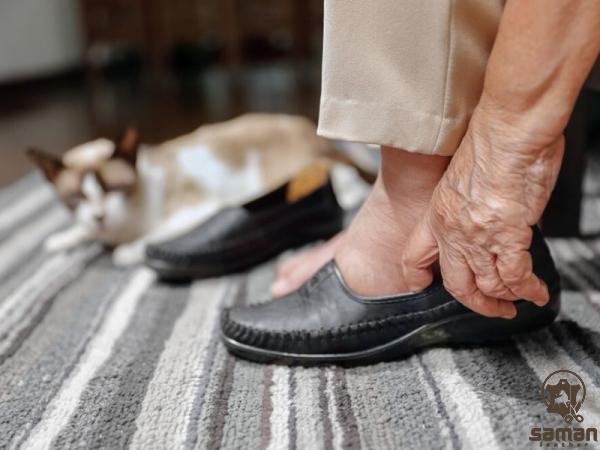 The manufacturing process of synthetic leather allows for consistent quality control, resulting in shoes that are resistant to wear and tear. Additionally, the synthetic materials used in the production of these shoes are often water-resistant and easy to clean, making them a practical choice for everyday wear. 4. Versatility: Synthetic leather offers a high degree of versatility in terms of design and customization. Fashion designers can experiment with an array of textures, finishes, and colors to create unique and innovative shoe styles. This flexibility allows for greater creativity and diversity in the market, catering to the ever-changing preferences of consumers. 5. Affordability: Compared to genuine leather shoes, synthetic leather shoes are often more affordable. The reduced cost of production materials and processes allows synthetic leather shoe manufacturers to offer competitively priced products.
The manufacturing process of synthetic leather allows for consistent quality control, resulting in shoes that are resistant to wear and tear. Additionally, the synthetic materials used in the production of these shoes are often water-resistant and easy to clean, making them a practical choice for everyday wear. 4. Versatility: Synthetic leather offers a high degree of versatility in terms of design and customization. Fashion designers can experiment with an array of textures, finishes, and colors to create unique and innovative shoe styles. This flexibility allows for greater creativity and diversity in the market, catering to the ever-changing preferences of consumers. 5. Affordability: Compared to genuine leather shoes, synthetic leather shoes are often more affordable. The reduced cost of production materials and processes allows synthetic leather shoe manufacturers to offer competitively priced products.
…
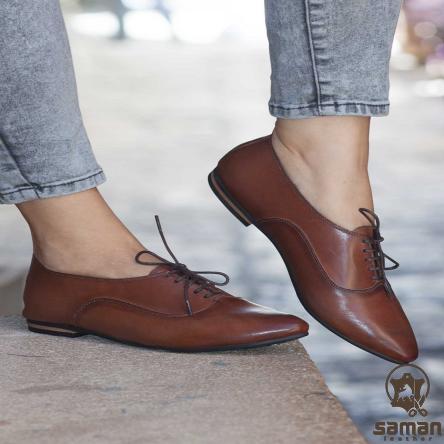 This cost-effectiveness makes synthetic leather shoes accessible to a wider range of consumers, bridging the gap between sustainability and affordability. Conclusion: As sustainability takes center stage in the fashion industry, synthetic leather shoes have emerged as a viable alternative to traditional leather footwear. The benefits of synthetic leather extend beyond environmental and ethical considerations, encompassing aspects such as durability, versatility, and affordability. The increasing popularity of synthetic leather shoes reflects a shift in consumer preferences and a demand for more responsible fashion choices. As fashion designers and manufacturers continue to embrace synthetic leather, we can expect to see an expanding range of innovative and stylish synthetic leather shoes in the market in the years to come.
This cost-effectiveness makes synthetic leather shoes accessible to a wider range of consumers, bridging the gap between sustainability and affordability. Conclusion: As sustainability takes center stage in the fashion industry, synthetic leather shoes have emerged as a viable alternative to traditional leather footwear. The benefits of synthetic leather extend beyond environmental and ethical considerations, encompassing aspects such as durability, versatility, and affordability. The increasing popularity of synthetic leather shoes reflects a shift in consumer preferences and a demand for more responsible fashion choices. As fashion designers and manufacturers continue to embrace synthetic leather, we can expect to see an expanding range of innovative and stylish synthetic leather shoes in the market in the years to come.
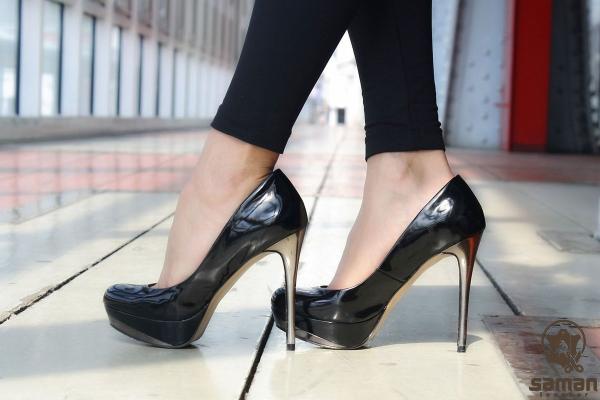
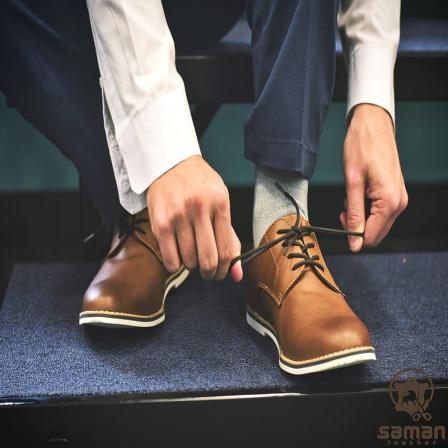
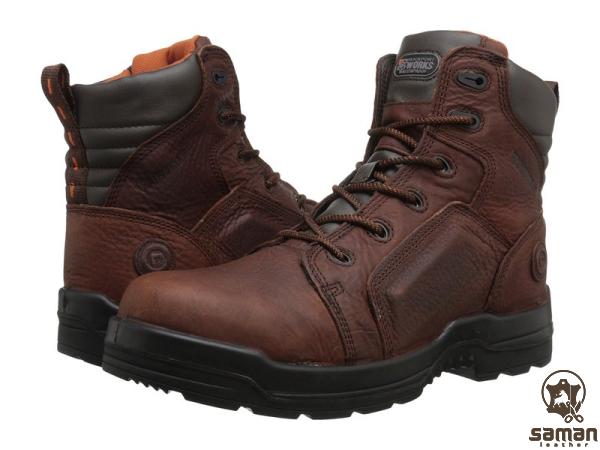
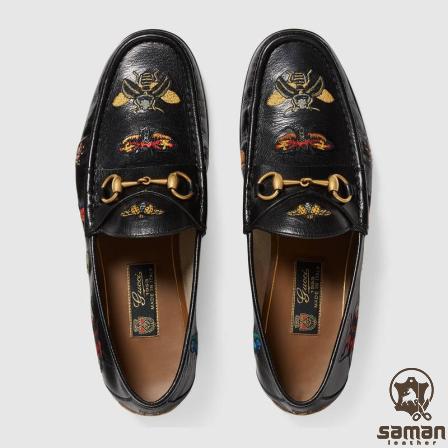
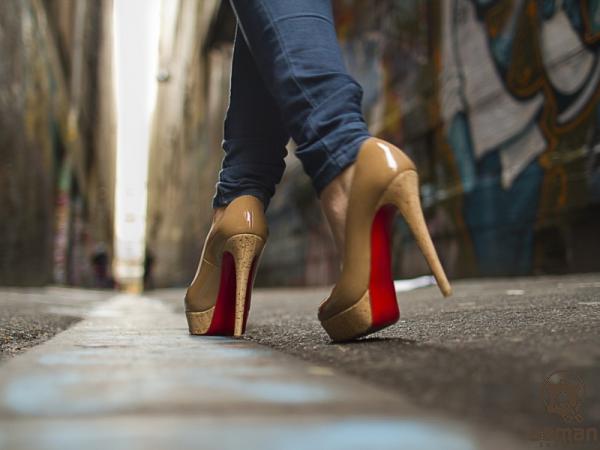
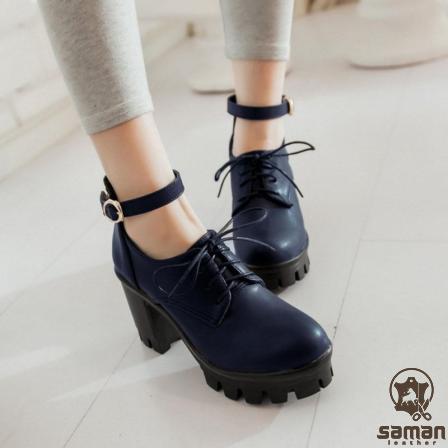
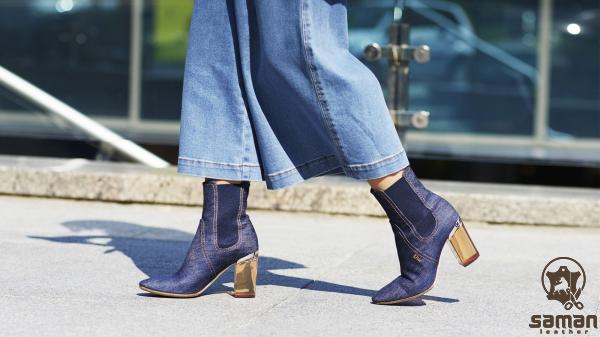
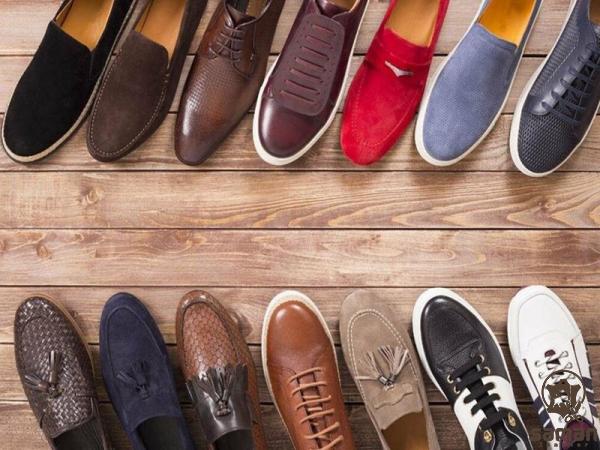
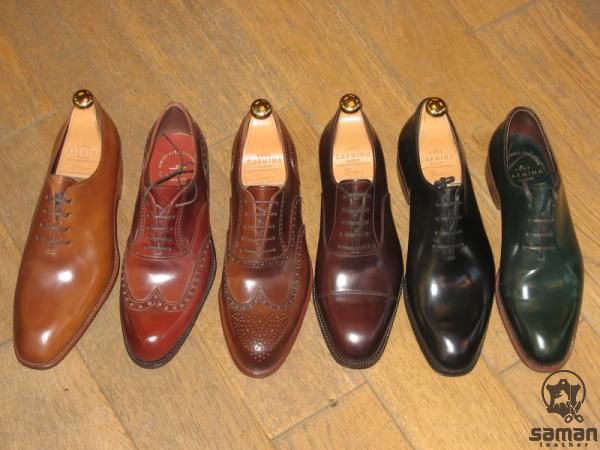
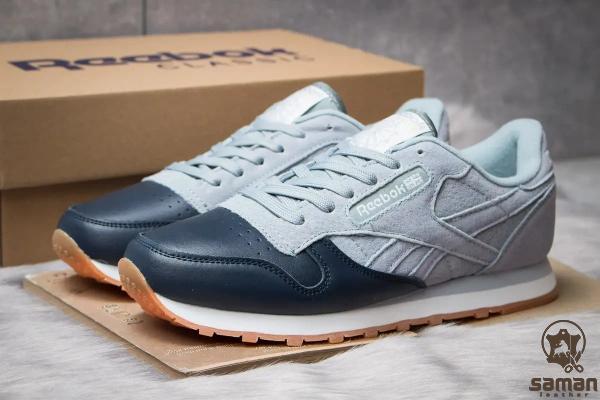
Your comment submitted.